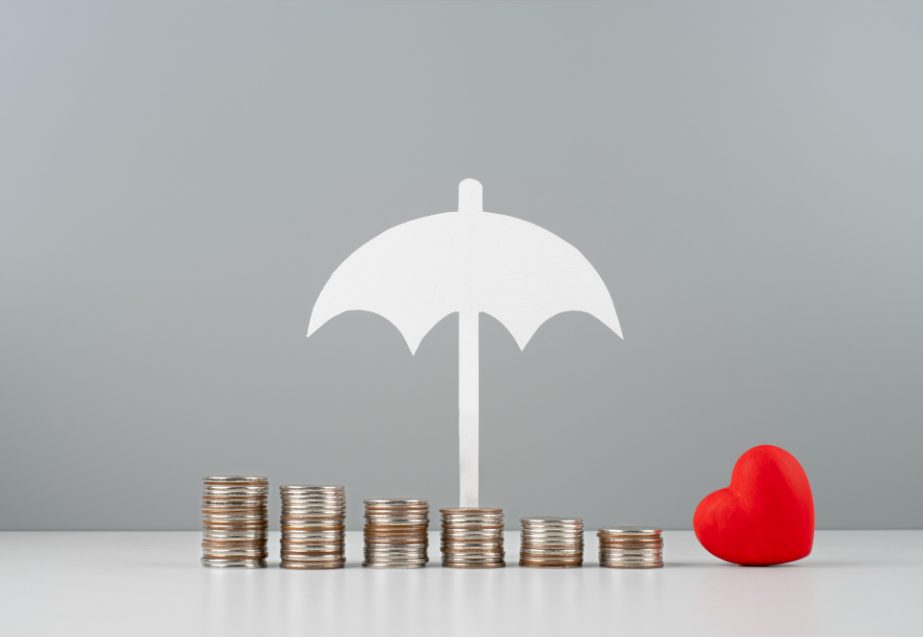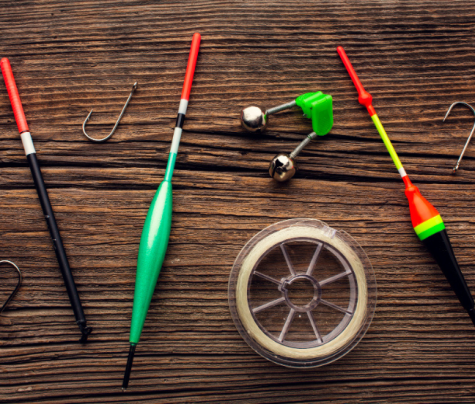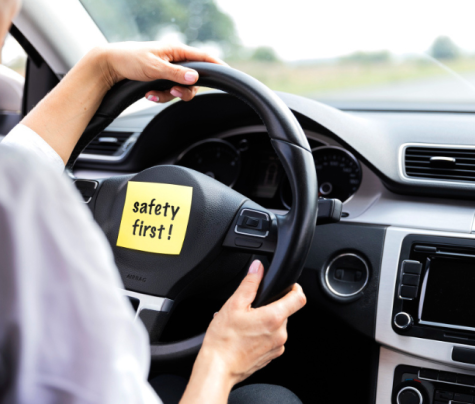
If you are driving around Florida, it is important to know how your insurance will kick in once you max out your Personal Injury Protection (PIP) limits.
So here is the deal: when PIP does not cover everything, this is where liability and full coverage come into play. Whether you are dodging tourists in Miami or navigating through Jacksonville, having extensive knowledge on this topic could save you from major financial headaches down the road.
Florida PIP Insurance
Every driver in Florida must have Personal Injury Protection (PIP) insurance. PIP is there to help with medical bills and lost wages if you get into an accident, covering up to $10,000. But here is the catch: it only pays 80% of your medical expenses and 60% of any lost income.
If you end up with a hospital bill of $15,000 after an accident, your PIP will only cover a portion of that, which means that you will be stuck paying the rest of the amount out-of-pocket. That is why beefing up your insurance with additional liability or full coverage is critical.
Liability Coverage in Florida
Liability coverage in Florida is your backup when things go south, and the accident was your fault. It can help cover the other person’s bills, like medical expenses and car repairs, which can quickly skyrocket.
In Florida, you must have at least $10,000 for property damage and another $10,000 for personal injury protection. Ultimately, those amounts can get chewed up fast, especially if you end up hitting someone’s shiny new ride or causing major injuries.
Full Coverage
Liability coverage does a solid job backing you up for damages to others, but let us talk about your ride. Say you are driving in one of Florida’s classic torrential downpours, and oops—you hit a tree. Here is where liability insurance waves goodbye because it does not cover your car repairs. That is where full coverage comes into play by packing collision and comprehensive policies into one.
Switching From Full Coverage to Liability
“Sometimes, going for liability coverage over full coverage can make sense financially.” says CEO Yankie Markowitz of the Business Funding Group. If you drive an older car that has seen better days, paying for full coverage might not be worth it. But if your car is only valued at $2,000, you will end up paying hundreds more annually in premiums. It becomes a no-brainer to switch.
With liability, you cover other drivers’ expenses without breaking the bank on your own outdated vehicle’s repairs. This choice offers economic efficiency while meeting Florida’s legal requirements and keeping some extra cash in your pocket.
Exploring Additional Coverage Options for Extra Peace of Mind
Now, diving beyond the usual PIP, liability, and full coverage, Florida’s road warriors have a couple more aces up their sleeves. One key player is Uninsured/Underinsured Motorist (UM/UIM) coverage. It is a real safety net for those times when you bump into someone who skimped on their insurance.
Then there is Medical Payments (MedPay), which is like PIP’s little helper—it picks up medical bills no matter who caused the accident, giving your PIP benefits a nice boost. Also, there is sleep on Rental Reimbursement: it is super handy if an accident sends your car to the shop for a while.
And if you are still paying off your car loan, consider Gap insurance. If your ride gets totaled, this will cover the difference between what insurance pays and what you still owe on your mobile investment.
Final Words
Now you have got the scoop on Florida car insurance. It is not just about having coverage but about the right mix for you. Keep your PIP, consider liability, and decide if full or extra coverages fit your lifestyle.
Read More:
- How a Lawsuit Can Help Uber Sexual Assault Victims
- What Are the Key Stages of a Truck Accident Lawsuit?
- How Long Does a Civil Lawsuit Take to Settle in the USA?










0 Reply
No comments yet.